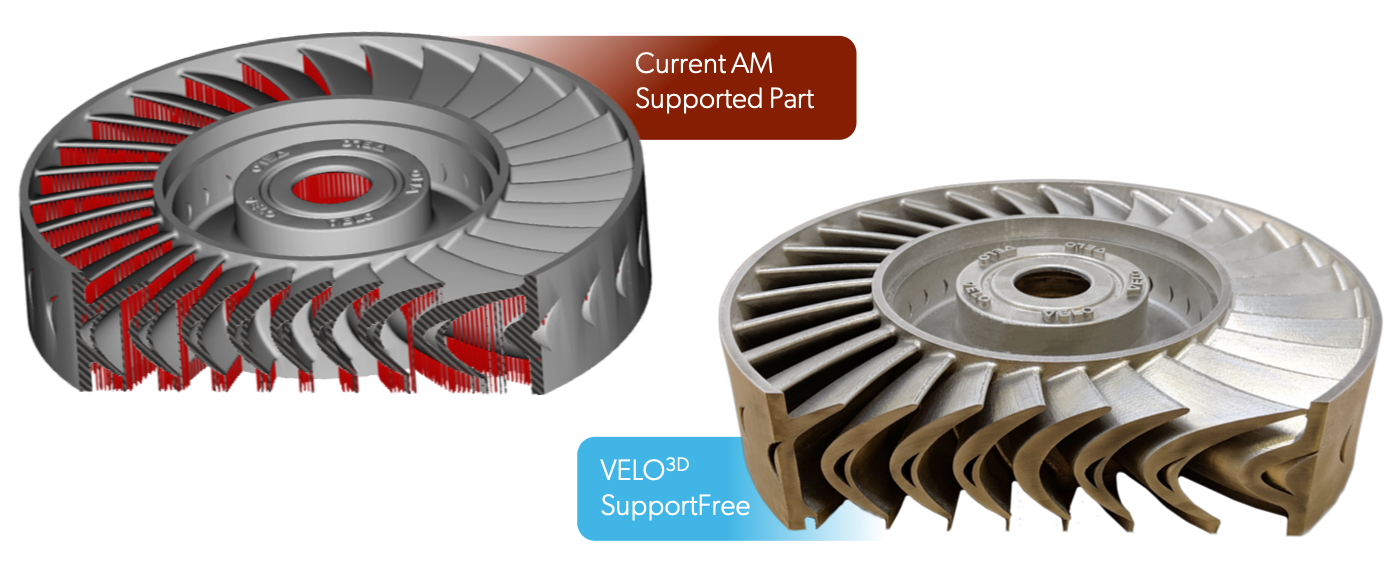Six Metal AM experts discuss the business impact of removing one of AM’s biggest bottlenecks: support structures
Support Structures
Presently, metal AM systems based on the laser powder bed fusion (LPBF) class of technology must address the challenge of support structures that are added to parts.
David Bentley, senior manufacturing engineer for 3D printed metals at Protolabs, said: “Ninety-five percent of the parts that come through here are going to require supports.” Michael Corliss, VP–Technology for Knust–Godwin, noted that 60% to 70% of parts have supports that require CNC machining for removal.
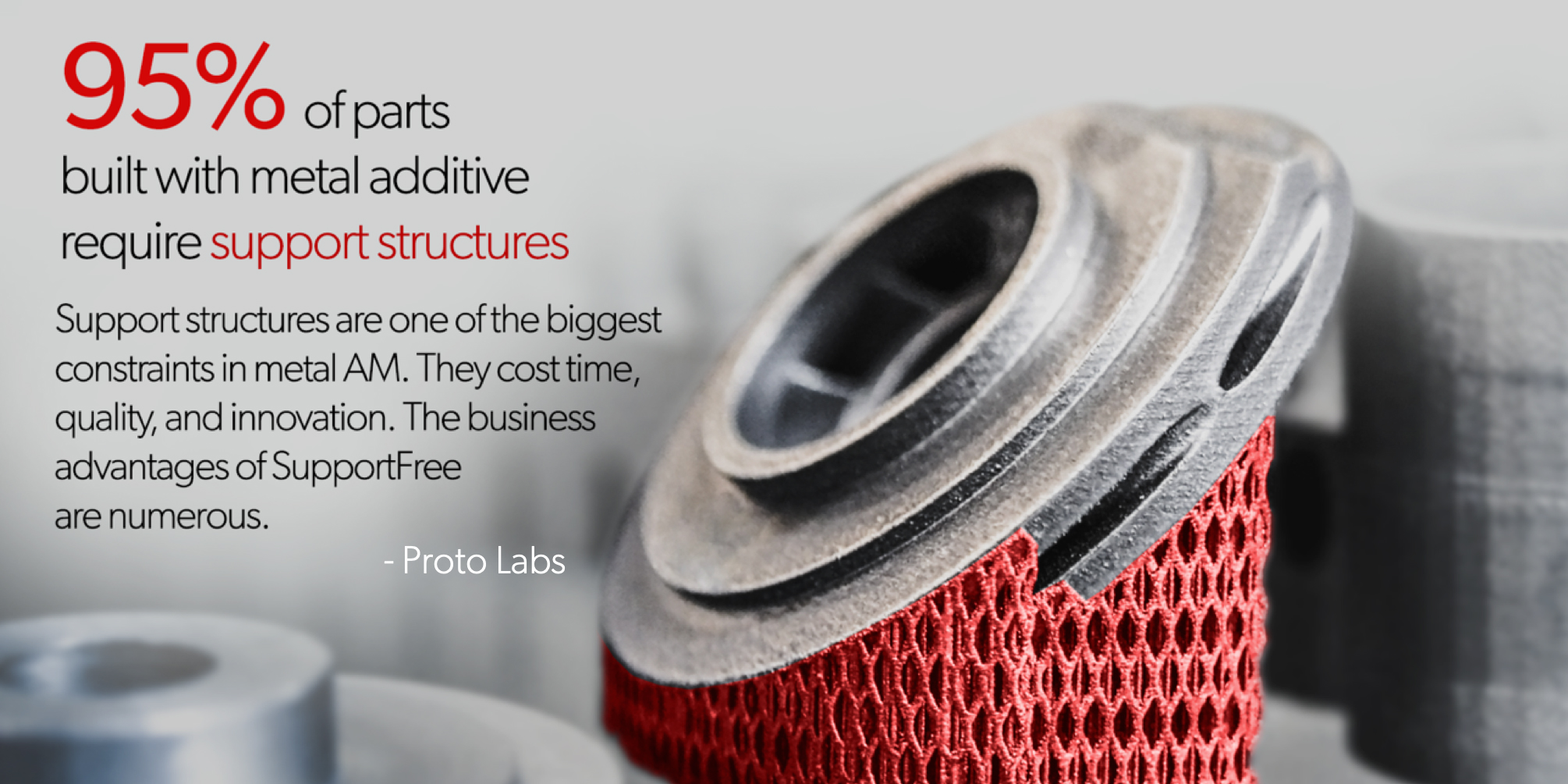
Although any metal AM part may require support structures, and therefore benefit from their elimination, the positive impact is greatest on parts with internal passageways or cavities. The most-cited example of support structures’ impact on metal AM was shrouded impellers. Consisting of an impeller (a base with attached vanes) and a shroud (a top cap), the supports between the base and cap are very difficult to remove. Other examples are manifolds, heat exchangers, and conformal cooling channels.
Regardless of the complexity of the part design, support structures will require removal after the build, degrade surface finish, add time to the AM build, and consume material, which can be expensive. The benefits of eliminating supports are obvious in terms of time, cost and quality. However, the obvious benefits are secondary to the big business advantages that may be somewhat obscure.
Unshackled Designs
For many years, AM has been positioned as a technology that unleashes freedom of design. Yet, this dream has been shackled by the constraints imposed when secondary operations are considered. The inability, or difficulty, to remove supports from a part that leverages design freedoms in a way that impedes access by machine tools or hand tools will limit the design possibilities that AM promises.
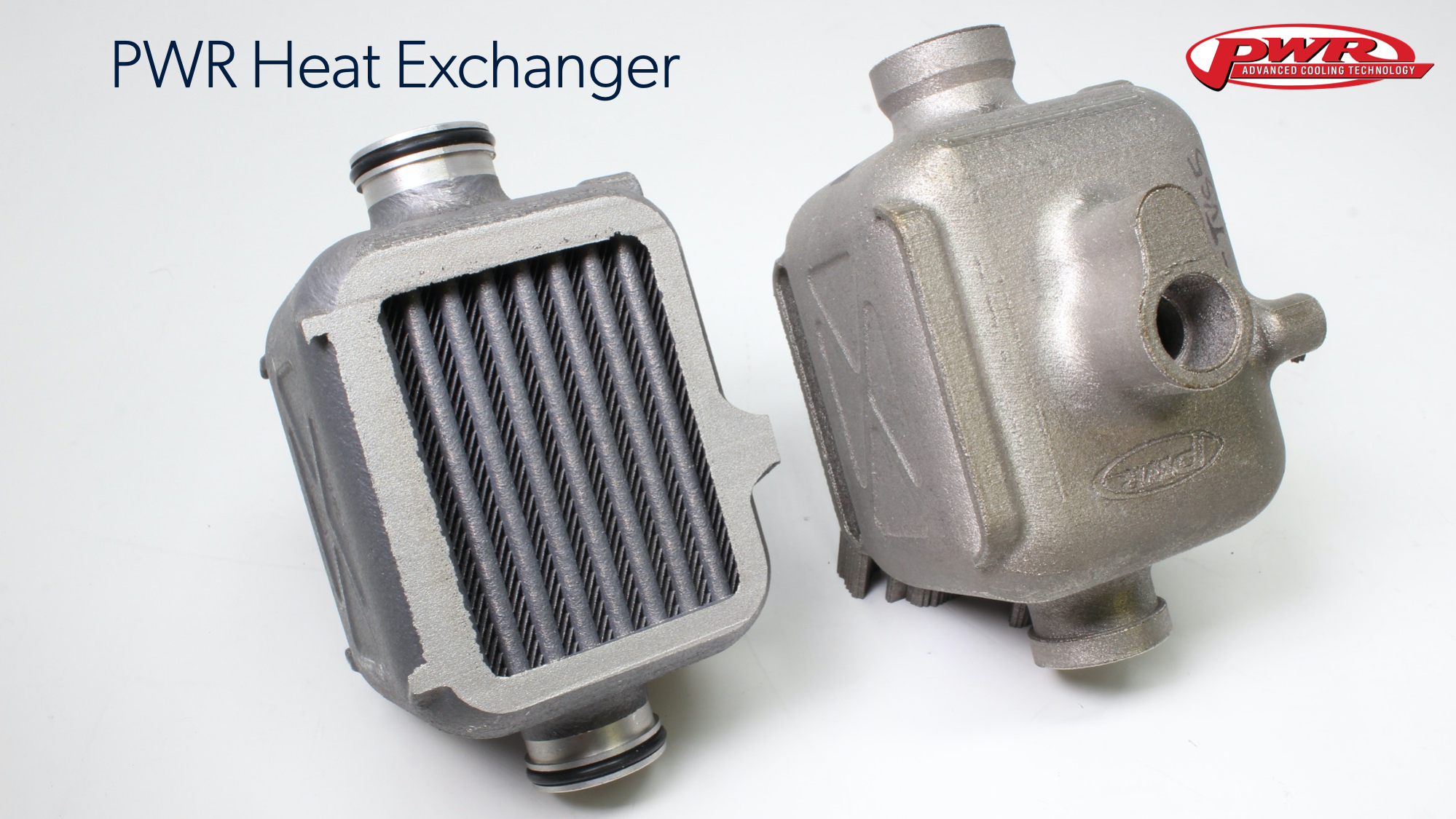
Andrew Carter, senior manufacturing engineer at Stratasys Direct Manufacturing, said: “We may never get 100% true freedom of design in laser-based metal powder bed fusion, but this support-less process is completely widening the span of applications.”
Scott Volk, former Chief Technology Officer for Incodema3D, had similar thoughts: “Now we don’t have to push as hard. We can allow for some of the things customers have already designed.”
Carter also cited productivity gains in the sales cycle that come from the ability to accept orders for parts that do not require redesigns.
Repeatability and Reliability
An outcome of support elimination is that scrap rates are dramatically reduced. With lower scrap rates, companies realize advantages that include improvements in resource utilization, throughput, efficiency, cost of goods sold, and lead time. Expanding on these, the customer has higher satisfaction, higher confidence, and improved results.
There are software tools that automatically create support structures, although Carter noted that the results are not build-ready. Essentially, the software provides a starting point, and an experienced AM professional then applies knowledge from past experiences to optimize the resulting supports.
Carter said: “It’s still very much tribal knowledge, and if support structures do need to be changed, that adds time to the project.”
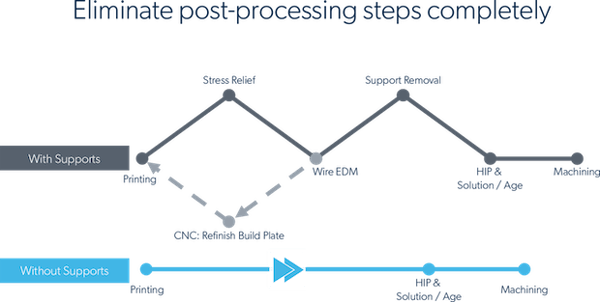
Volk added that tall supports, those that rise two or three inches can be problematic, especially when the support structure originates from a part surface that lies below the supported feature.
Another aspect is inconsistencies that arise from manual removal operations. Corliss said, “With the AM machine making support-free parts with better surface finishes, it’s repeatable. When you’re doing it with humans, it’s never consistent; you don’t get the repeatability.”
More AM Opportunities
An advantage of support-less metal AM is that more opportunities can be successfully addressed because fewer are turned away as impractical applications. With elimination of support structures, Carter said: “We’re now seeing applications that we couldn’t address earlier.” Carter said shrouded impellers have been “the holy grail”. He said: “They were difficult, if not impossible, to manufacture with previous equipment … Our ability to produce support-less parts allows us to aggressively attack that market.”
Incodema3D also referenced shrouded impellers. Volk said: “We did this with a customer who’s in power generation, but it didn’t turn out well. I mean we were able to do the product, but the amount of money it took to make it...it just wasn’t feasible.”
Optimal Performance
When supports become unnecessary at the process level, the new-found design freedoms allow ideal configurations that in turn yield optimal part performance. Hanwha Power Systems, which is driving innovation in supercritical CO2 engines, has experienced the limitations of supported metal AM parts first hand. Robertson said: “The parts that we are interested in for AM are generally pretty tricky parts to print on a standard AM machines just due to the support structure. “Support-free metal AM frees us up to use the geometry we’d like to use rather than being pushed into using a design that compromises the aerodynamics in order to make an AM-friendly part.”
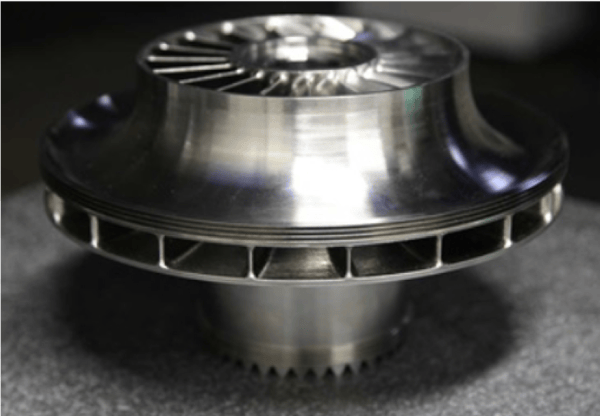
Hanwha Shrouded Impeller Printed by Stratasys Direct Manufacturing
Volk has seen a similar scenario with heat exchangers. He noted innovative designs that dramatically increase the surface area where heat exchange occurs but where too challenging for metal AM. He said: “It opens up new possibilities to increase heat exchanger performance and efficiency.”
Fuel Innovation
The benefit of support-less metal AM promotes innovation by removing barriers that constrain designs, processes, and business models. Jeff Thornburg, president and CEO of Interstellar Technologies, said: “One of the things that my team and I have been very attracted to is anything in the industry that provides more speed, more forward velocity, and faster innovation.”
VELO3D capabilities can eliminate support structures altogether by printing parts free floating in powder, which drastically eliminates secondary processes.
In Interstellar’s view, support structures are an impediment to its mission of innovation in propulsion systems. By simply avoiding the removal procedures, its innovation is accelerated.
He said: “Instead of working around a limitation, I think it frees you up to be more creative and innovative. You’re taking that time that would be spent to design around a limitation and applying it to creativity, which then leads to even better designed performance.”
Conclusion
The advantages of eliminating support structures from the metal AM workflow are numerous and extensive. The business case for Knust-Godwin is business expansion. For Protolabs, Incodema3D, and Stratasys Direct Manufacturing, the big win is in expanding the addressable market for metal AM parts. Meanwhile, Hanwha Power Systems gains performance, and Interstellar Technologies fuels innovation.

Download the full whitepaper to learn about the business advantages of SupportFree metal AM.

